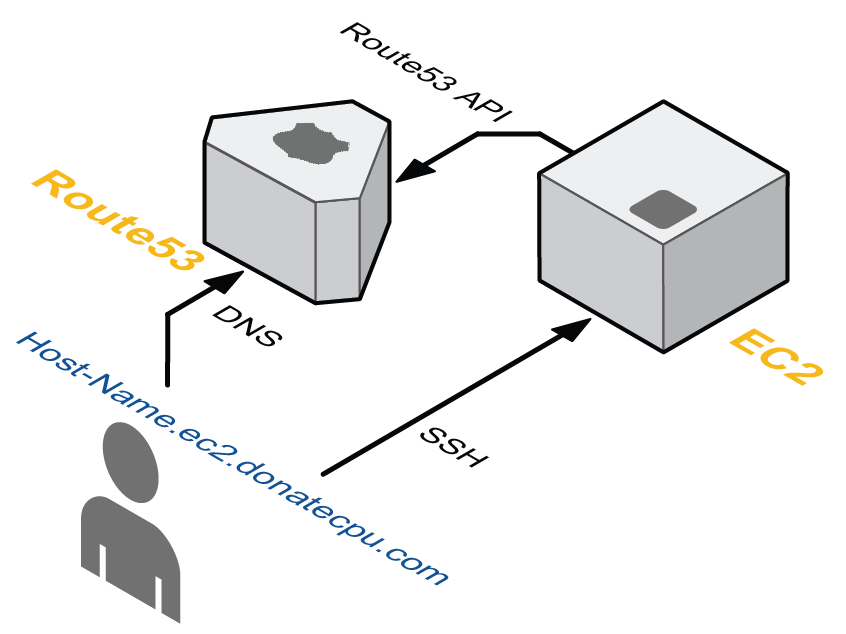

When you get your team together, start by thinking about the outcomes you'd like, as opposed to the tags you want. Think about who has sufficient technical experience and could provide valuable input from areas such as: Realistically, in most organizations, you'll have stakeholders with requirements from a cross-section of teams. Nail this stage and everything after becomes easier.
Tag editor aws free#
Use a clear strategy as the foundation to free up decision-makers, increasing your team's agility (and creativity!).Use tags to identify resources that should be opted out of certain automated tasks.Tag resources based on how often they need manually reviewing.Start by identifying your team's most menial tasks and see how you can automate them.

Use tags to trigger automation and alerting.Combine tags with a tool that simplifies your inventory, diagrams your cloud, and has a superior search function to AWS' own. Categorize resources to solve problems faster.Use a clear strategy to lead the way for your future organizational standards.

Use tags in rules & conditions to implement monitoring & alerts, reducing increasingly common 'alert fatigue'.Tag resources with owners to speed up decision making in critical situations.Tag resources to manage IAM access/permissions.Tag resources based on their data/security risk, regulatory requirement, or internal policies.Enable cost-allocation tags, and use them in combination with Cost Explorer and a cloud management tool to identify many other cost-saving opportunities.Use resources to manage EC2 reserved instances and identify RI recommendations.Find resources that aren't used 24/7, and should be automatically started and stopped.Find resources that were intended to have a temporary lifespan.Use tags to help resource owners analyze their costs and plan/forecast for the future.Use tags for resource allocation, e.g.Here are some examples in the format key = value: the possibilities are virtually limitless, though. Whether you need a helicopter view or a detailed FinOps dashboard, resource tags are at the heart of it all.Įxamples of keys include a resource's owner, environment, or project. Tags also facilitate a cross-team focus, so each area of your organization can hone in on their area of responsibility. A comprehensive tagging strategy will help you understand your AWS usage, reduce your costs, monitor your performance, and manage your risk. When done well, tagging is much more than just a just time-saving way to search and filter through your resource inventory. Their flexibility means that tags are a hugely valuable form of metadata and a great tool to help organizations manage their cloud architecture. They are a simple way to add context to a resource.Įach tag comprises a key and a value, both of which you generate. AWS tags are labels that can be applied (optionally) to resources, including EC2 instances, S3 buckets, AMIs, and lots more.


 0 kommentar(er)
0 kommentar(er)
